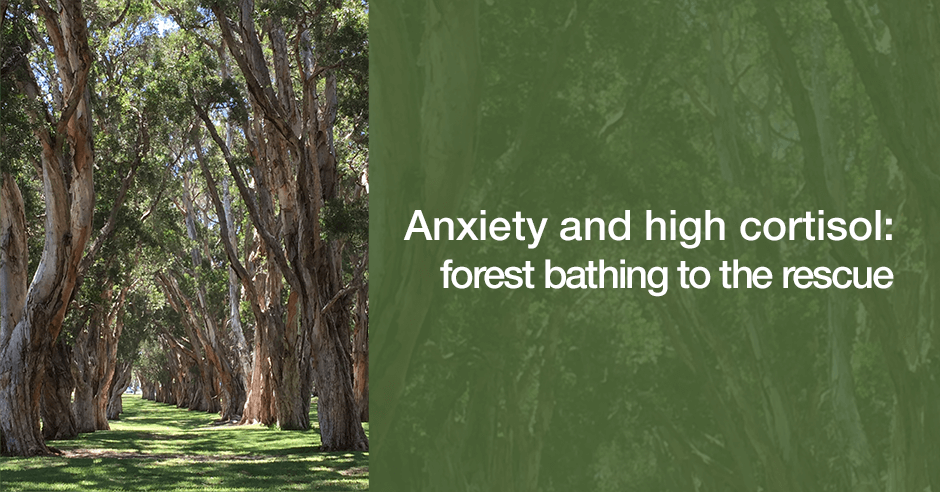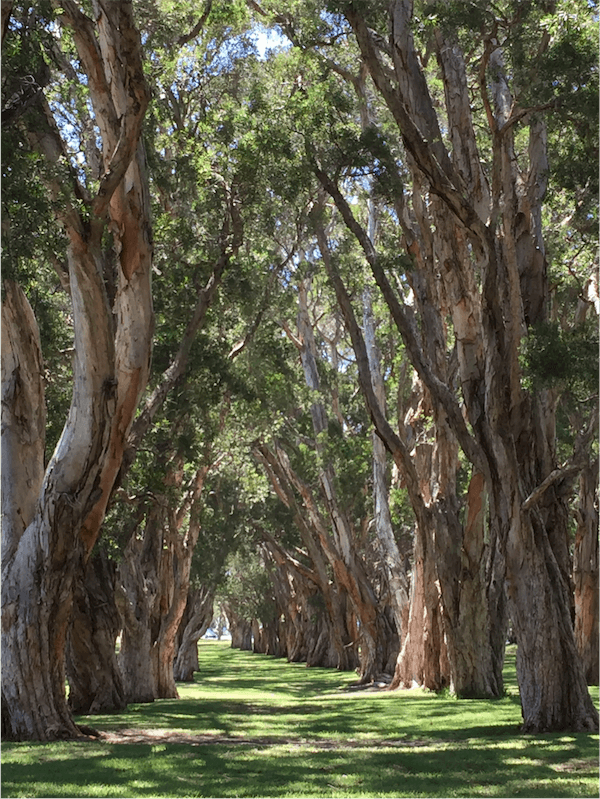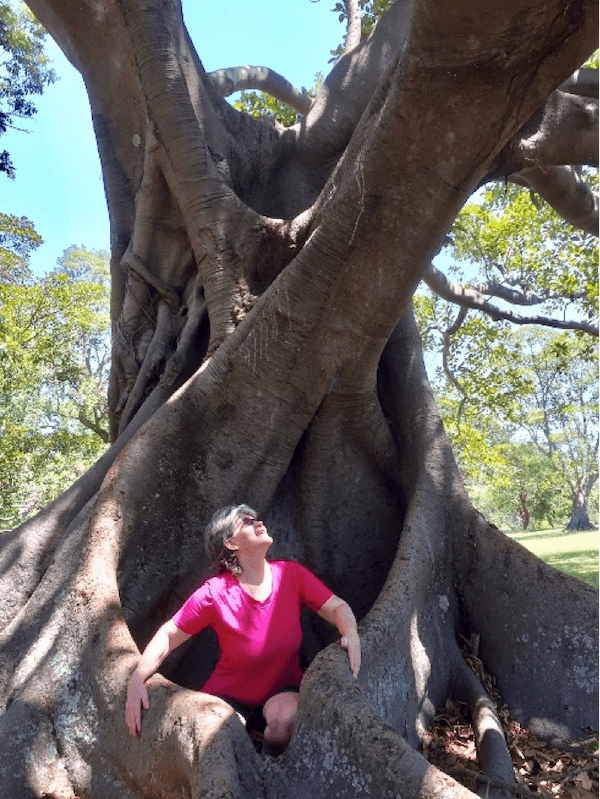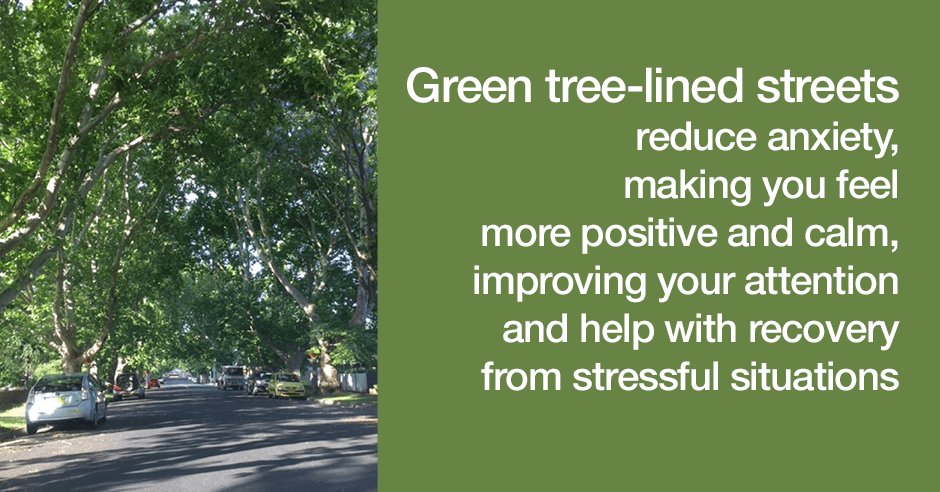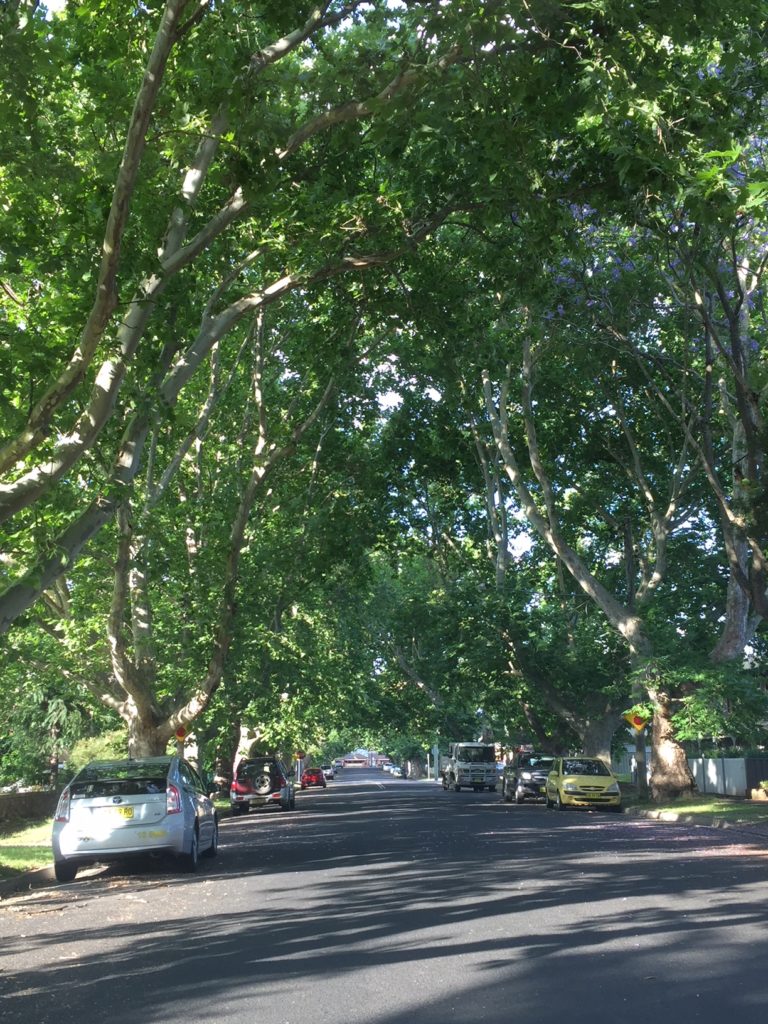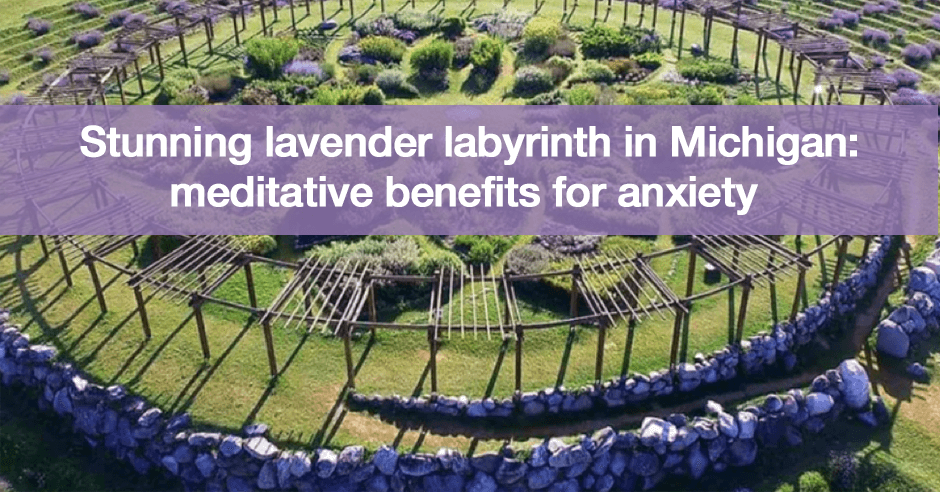
There is a stunning lavender labyrinth in Michigan – Lavender Labyrinth at Cherry Point Farm and Market, and just seeing the image with all the beautiful purple lavender makes me feel relaxed and smiling. Imagine being there and smelling all that lavender too!
We now know labyrinths have meditative benefits when it comes to anxiety and stress. They share this on their site:
The labyrinth is an ancient spiral pattern which, when walked, is thought to be a spiritual journey, and symbolic of one’s path in life. In recent years, labyrinths have undergone a dramatic revival as a meditation, relaxation, and spiritual tool. Unlike a maze, a labyrinth is a continuous circuit and you cannot get lost.
I recently shared a Facebook post of the above superb image. The post was so popular I want to share it here too for you to enjoy too.
Christine Fothergill shared this: “I’ve been there! It’s on cherry country near our house!!!! Tons of medicinal herbs in that garden too!”
Diane Lalomia, who lives nearby shared that “it is quite a magical place to get lost in.” She also offered these tips for visiting:
- The lavender is usually in full bloom around the first week of July. The last week of June through the middle of July is the best time to visit.
- It’s a very serene place
- The lavender is usually in flower and has the strongest scent.
- The nearest big city (for flying into the area) would be Grand Rapids. The lavender maze is in Shelby, MI which is just a little over an hour from Grand Rapids.
- Nearby is also Silver Lake and if you plan on staying a day or two, Sleeping Bear Dunes is one of the 7 wonders of the world
She also shared these additional photos that she took and kindly gave me permission to post on this blog.
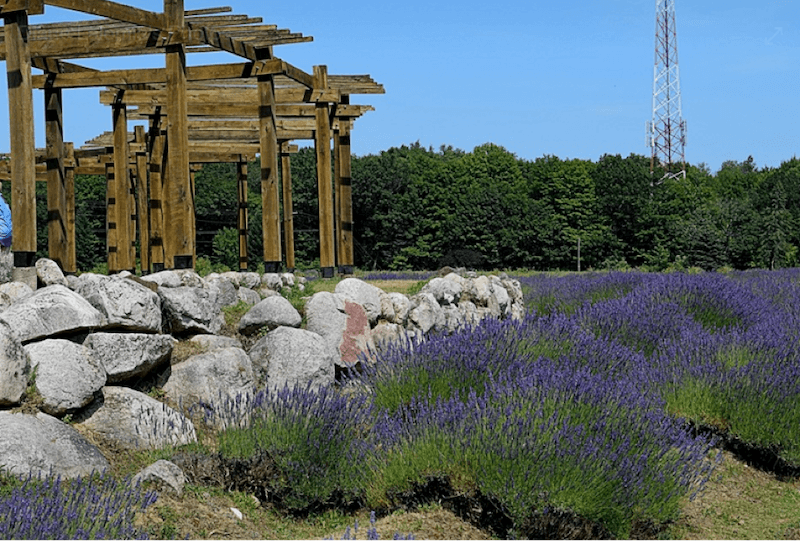
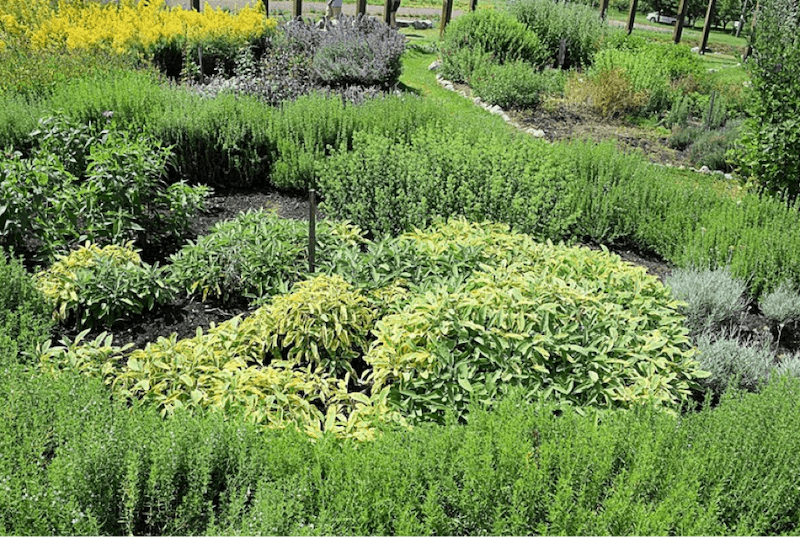
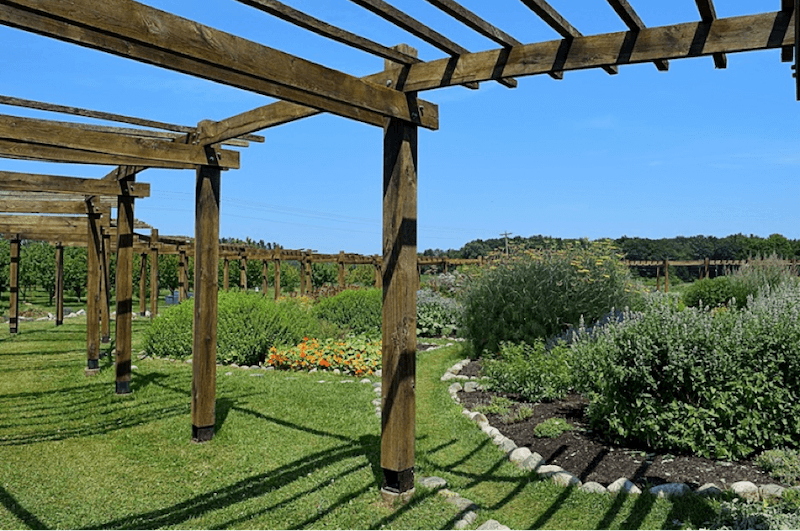
There are papers on the meditative benefits of labyrinth walking. This paper, Effects of Reflective Labyrinth Walking Assessed Using a Questionnaire, reports this background information:
Meditation as it is currently known is an ancient practice, which can be traced back to Asian traditions. With the proper technique, a state of physical relaxation and respiratory balance can be reached naturally and spontaneously. This paper considers meditative labyrinth walking to be a unique expression of Dr. Lauren Artress’ work, who studied and applied the image of the labyrinth on the floor of the Chartres Cathedral in France.
The conclusion of this cross-sectional non-randomized study with 30 participants is as follows:
This study showed that the practice of labyrinth walking is a physical, emotional, and sensory experience. On the clinical level, correlating this experience to the planning of care seems to be particularly relevant.
With all that lavender you also get the calming benefits from that too. In one study, Essential oil inhalation on blood pressure and salivary cortisol levels in prehypertensive and hypertensive subjects, 83 participants who were hypertensive (high blood pressure) or prehypertensive were asked to inhale an essential oil blend of lavender, ylang-ylang, marjoram, and neroli with the following ratio (20 : 15 : 10 : 2).
The study group experienced the relaxation effects of this particular blend of essential oils leading to:
- significant decreases in the concentration of salivary cortisol
- reduced blood pressure
- and stress reduction.
You can read more about this study here.
Be sure to check out Cherry Point Farm and Market for more information and other lovely images. With appreciation to them for permission to share the image on my blog and to Diane for her images and tips. Here’s a link to her new photography website.
Have you experienced the meditative benefits of labyrinth walking? Have you been to this this lavender labyrinth? And did you find it calming?
We’d love to hear about your experiences.
